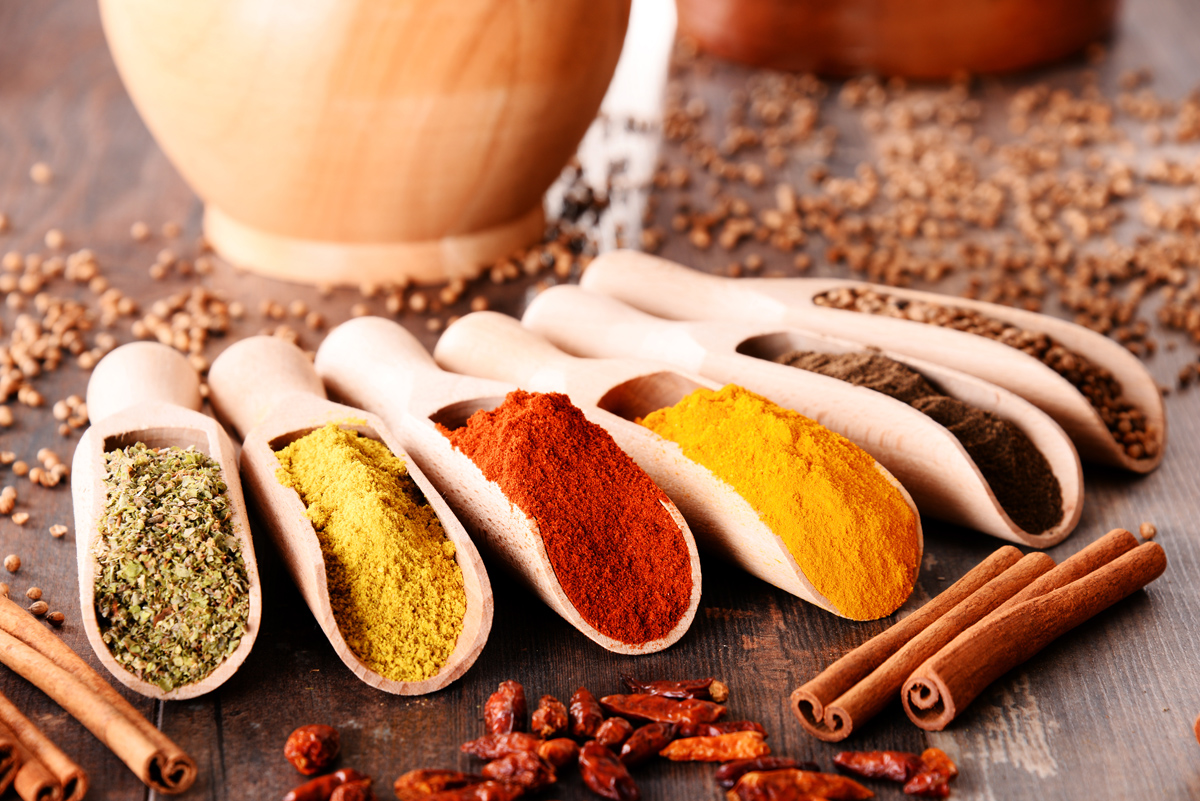
It’s just not right.” A muttered phrase echoed in kitchens all across America, there is no more quintessential an adult activity than attempting to reproduce the recipes of one’s ancestors. Biscuits that won’t rise, BBQ chicken of a slightly slimy texture, the flavor profiles of one’s youth stand writ large in the mind, and nothing will settle until a perfect replication is achieved. Perhaps nowhere is this phenomena more pervasive than in the spice & seasoning mixes of Caribbean cultures where the slightest permutation of ingredients can cause a drastic change in taste. Caught as we are in a culture that proclaims that all the musky and mysterious tangs of far-flung oriental isles can be encapsulated in a $1.99 plastic shaker, why, one may reasonably ask, would one even attempt to concoct their own signature spice mix? The reasons, it turns out, are as varied as the revolutionary rubs being invented in cocinas all across our enterprising city. Laughably easy to produce, and never requiring any kitchen tool more ornate than a coffee grinder, homemade spice rubs allow you to systematically create flavor profiles that are undeniably, nay, scientifically, your own, subtracted from the helter-skelter nature of preparing your food on a stovetop. A long-time fan of fresh ginger? Why not pepper it into your jerk seasoning for a fierce blast of freshness? Find your sazon completo lacking? Why not toss in some turmeric? Perhaps the best reason to slap together your own spice blends? The health benefits. Not only often costlier, popular pre-formatted spice blends often bear excess levels of salt and preservatives like MSG that can have negative effects on long-term health and have been shown to go as far as affecting your mood. Hangry, anyone?
Herb It On The Grapevine
Almost impossible to imagine for the modern-day shopper, those spices and seasonings so colorfully complementing the grocery store shelf once cost much more than the paltry pricetag you shell out for today. Nutmeg, for instance, a spice known for its complementary flavor added to both savory and sweet treats, inspired almost countless hotly-contested battles between major world powers England and Portugal throughout the 17th Century. In 14th Century Germany, saffron was so highly valued a commodity that traders found cutting the pricely product with marigold leaves were burned alive by local authorities. And the root word for salary? None other than the Latin word for salt, originally gifted to Roman soldiers in lieu of currency. Pass the salt, PLEASE.











